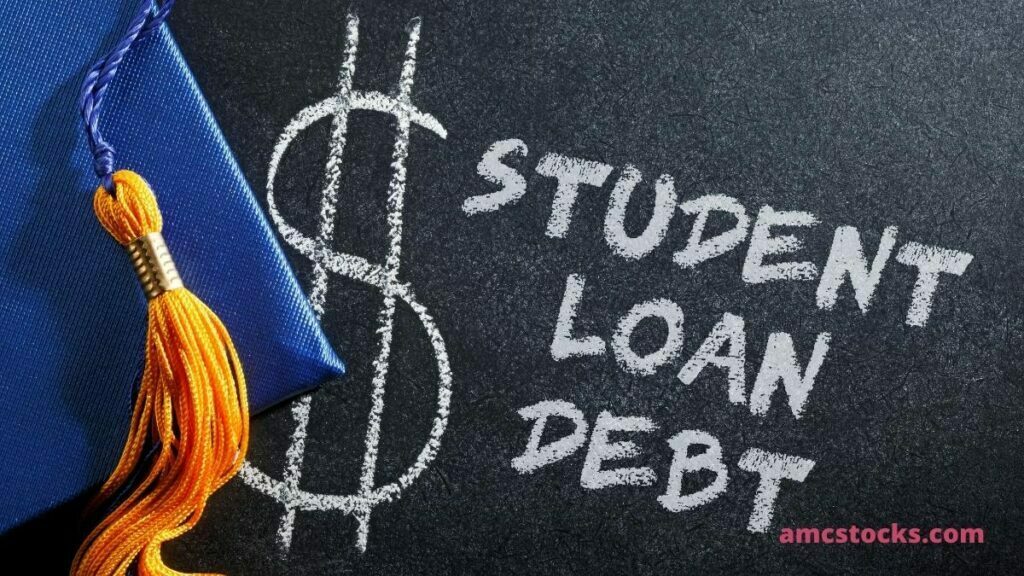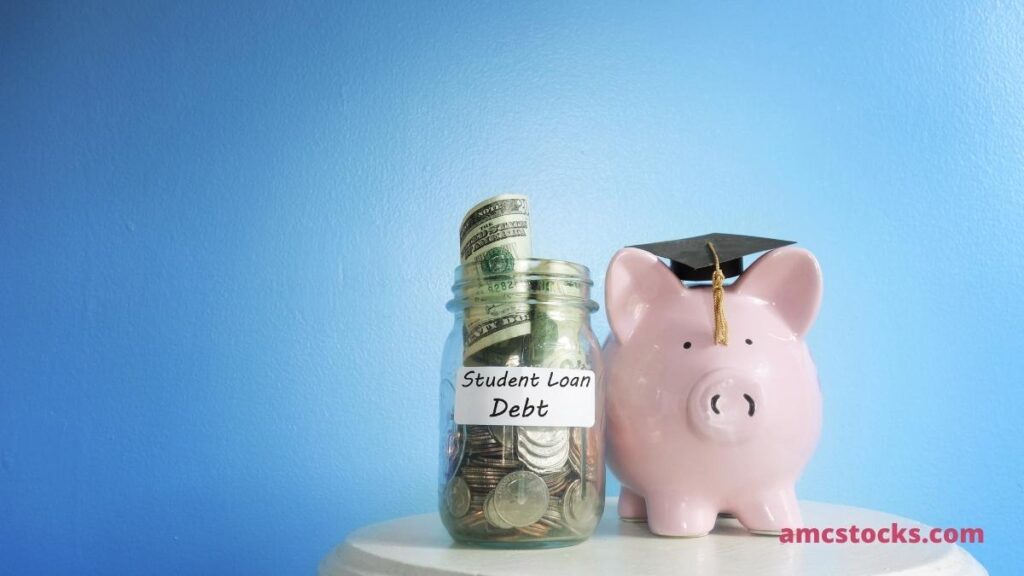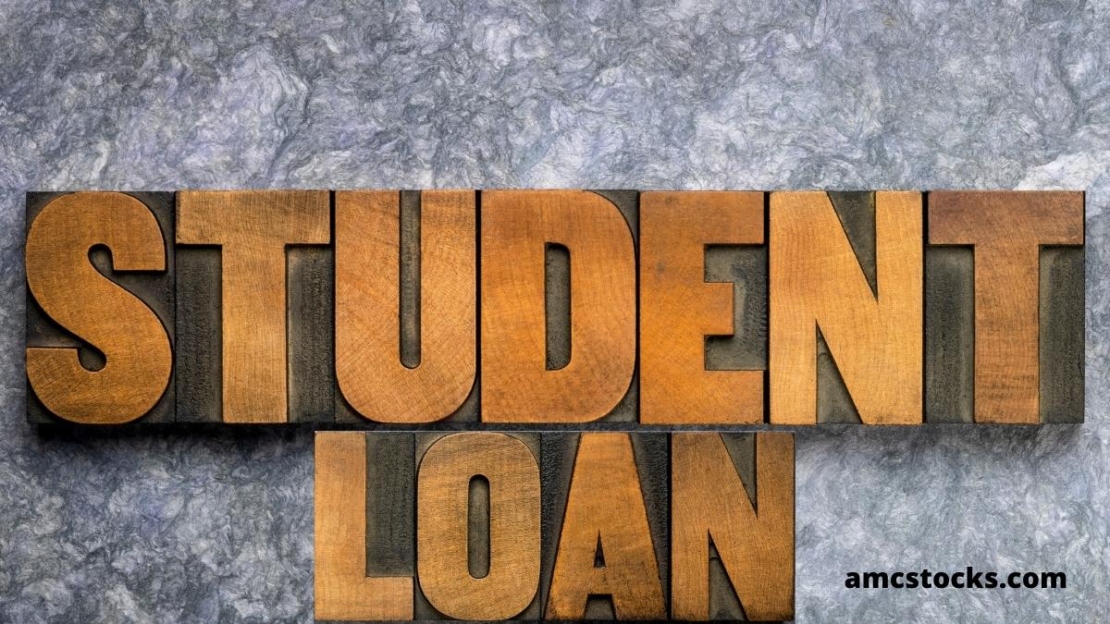Student loans are a critical part of postsecondary education. Unfortunately, student loans have become more complicated in recent years. This guide will provide you with everything you need to know about student loans and how they are disrupting higher education today.
1: What is a Student Loan?
Student loans are a form of financial aid that helps students pay for their education. They come in the form of a loan from the government, private lenders, or institutions. The government and private lenders usually have more favorable terms than institutions because they have more experience with student loans and know the risks involved with defaulting on them.
student loans, college financing, financing for college, debt
2: Federal Student Loans vs Private Student Loans
Federal Student Loans
Federal Student Loans are loans that are given by the federal government. They are offered to students who need financial assistance to pay for their college education. They come with low interest rates and flexible repayment plans. On the other hand, Private Student Loans are offered by banks and other private lenders. They come with higher interest rates and more rigid repayment plans.
Federal Student Loans
– Low interest rates
– Flexible repayment plans
– Available to everyone who is eligible for federal student aid
Private Student Loans
Private student loans are not federally backed so they have higher interest rates and fees. They also require a credit check.
Private student loans are often given by banks or other lenders, and it is important to understand the difference between federal student loans and private student loans before borrowing.
The interest rates on private student loans can be more than three times higher than those on federal ones. Private lenders may also charge origination fees, which are not charged with federal loans.
3: How to Get a Federal Student Loan in the US
The federal student loan program is a great resource for students who need financial assistance to help pay for college. The process of applying for these loans can be confusing, and navigating the application process can be difficult if you don’t know what you’re doing.
There are many advantages to taking out federal student loans, including the fact that they offer a variety of repayment plans and flexible terms. Federal student loans also offer special benefits like deferment, forbearance, cancellation and forgiveness options.
Since there are so many different types of federal student loans available, it’s important to understand which type is best for your situation before you start filling out the application form.

4: How Much Does the Average American Have in Student Loan Debt?
The average American student loan debt is $30,000. The average monthly payment for the student loan debt is $400.
This section will provide a brief introduction about the student loan debt in America and what the average American has to pay per month for it.
Many Americans are struggling to pay off their debt, and this is reflected in the average American’s credit card debt. The average American has $5,700 in credit card debt and will have to pay $859 in interest by the end of the year.
Why are College Costs so High? The Five Causes of Rising Tuition Fees & Financial Aid Policies
college costs so high, tuition fee increases
, financial aid policies, five causes of rising tuition fees
Tuition fees and financial aid policies have been steadily increasing over the years, which has led to college costs becoming increasingly out of reach for many students. In this article, we will discuss the five main causes of rising tuition fees and financial aid policies.
5: How Student Loans Affect Your
A college education is one of the most important investments a person can make. With skyrocketing tuition costs, many families are struggling to afford to send their children to college. Fortunately, there are many ways to help pay for school.
One option is to borrow money from a lender. Student loans offer borrowers a number of benefits, including low interest rates and flexible repayment options. Borrowers should be aware of the terms and conditions of their loans, though, as interest rates and other fees can add up quickly.
Another way to help pay for college is through student loan forgiveness programs. These programs allow borrowers to have their debt forgiven after a set period of time or after they have paid back a certain amount of money. Forgiveness can be a major relief for students who are struggling financially and want to avoid having high debt payments hanging over their heads indefinitely.
6: How to Save Money on Interest Rates
One of the most common ways to reduce the amount of debt you owe is to take advantage of interest rate discounts offered by lenders. You can find a variety of student loan interest rates discounts available, and you can use them to lower the amount of interest you pay on your loans over time.
To find the best student loan interest rates for your situation, start by evaluating your current borrowing status and needs. For example, if you are just starting college and don’t have any existing debt, you may be able to get a lower rate than someone who has more debt accumulated already. You can also try looking for student loan interest rates that are offered by specific lenders or credit unions.
Once you’ve identified a suitable student loan interest rate discount, it’s important to take action and start saving money as soon as possible. One way to do this is to negotiate with your lender in order to get a lower rate directly from them rather than through a third party like an online bank or credit union. By doing this, you may be able to lock in a low rate that is still available when other banks or lenders increase their offers in the future.
7: Student Loan Consolidation Pros and Cons
A student loan consolidation can provide many benefits. The most common benefit is that it reduces the amount of debt you owe. However, there are also some cons to consider. First, it may be difficult to find a loan consolidation company that meets your needs. Second, you may have to pay a fee for the service. Finally, if you have multiple loans, consolidating them with a single loan might not be the best option because it could lead to higher interest rates and fees.
How to Get Rid of Student Loan Debt Fast
student loan forgiveness programs, how to get out of debt fast
There are a number of different ways to get out of student loan debt quickly. One option is to look into student loan forgiveness programs, which can help you repay your loans much more quickly than normal. There are many different student loan forgiveness programs available, so it’s important to do your research before applying. You may also be able to negotiate with your lender to reduce or eliminate your debt completely. No matter what route you choose, getting rid of student loan debt as fast as possible is an important goal.
Tips for Managing Student Loans in College
managing student loans while in college
Managing student loans while in college can be a daunting task. However, there are a few key tips that can help make the process easier. First, make sure to familiarize yourself with the different types of loans available to you. There are several options to choose from, so it is important to understand the differences between them. Next, be proactive in managing your loans. This means keeping track of your payments and budgeting for expenses so that you don’t exceed your borrowing limit. Finally, never let debt become a source of stress in your life. Speak with a financial advisor about ways to manage student loan debt responsibly and stay on track throughout your college years.

8: How Do I Get A Student Loan?
There are a few ways to get a student loan. You can apply online, through your bank, or in person at a financial institution. You’ll need to provide your name, address, social security number, and other information requested on the application. Once you have submitted the application, you’ll be contacted by the lender to confirm your loan eligibility and final payment information. Student loans can be very expensive and it’s important to compare interest rates and terms before making a decision.
9: What Is The Maximum Amount Of My Loan?
If you are considering taking out a student loan, it is important to know the maximum amount of your loan. The maximum amount of a student loan is based on the amount of credit you have available and the type of student loan you are borrowing.
Direct Subsidized Loans:
The maximum amount someone can borrow for Direct Subsidized Loans is $5,500 per year. This means that if you borrow $5,500 in a semester, your total debt will be capped at $20,000 for that semester. If you borrow more than $5,500 in a semester, your debt will continue to accrue and will eventually max out at $35,000 per year.
Direct Unsubsidized Loans:
The maximum amount someone can borrow for Direct Unsubsidized Loans is $35,000 per year. This means that if you borrow $35,000 in a semester, your total debt will be capped at $70,000 for that semester. If you borrow more than $35,000 in a semester, your debt will continue to accrue and will eventually max out at $130,000 per year.
10: What Are Some Other Ways To Manage My Debt?
There are a number of different ways to manage your debt other than taking out student loans. One option is to try to pay off your debts as quickly as possible. This can be done by using a budget and tracking your expenses, making adjustments when necessary, and negotiating lower interest rates on debts. Another option is to seek out loan forgiveness programs offered by the government or by specific lenders. These programs typically allow you to repay your loans in full or partially over a period of time, without having to pay back the entire amount right away.
There are also options available that allow you to pay off your debt over time using Variable Rate Loans or Debt Consolidation Loans. Both of these options can save you money in the long run since they reduce the amount of interest that you have to pay each month.
11: What Are The Risks And Benefits Of Taking Out A Student Loan?
Student loans are a popular financial option for people who want to attend college, but they also come with risks and benefits. The most important thing to remember when taking out a student loan is to do your research so you know what you’re getting yourself into.
The risks of taking out a student loan include:
1) that you won’t be able to pay the debt off in full,
2) that the interest rates on the loan will be high, and
3) that you may end up owing more money than you expected.
The benefits of taking out a student loan include:
1) getting access to education that might not be available otherwise,
2) having funds available for emergencies or other expenses while you’re in school, and
3) building good credit history.
Whenever making any decisions about financial matters, it’s important to consult with a qualified financial advisor. They can help you weigh the pros and cons of various options, including student loans.
finally you can check our last post about Joe Biden student loans where we was talked about
- Is Biden Going To Forgive Student Loans ?
- student loan forgiveness biden
- Will Biden Forgive Student Loans
- biden student loan forgiveness
- Will Biden Extend Student Loan Forbearance
- Will Biden Cancel Student Loans
- Biden Student Loan Extension
- Student Loan Forgiveness
- The Education Department
- 3: How do you apply for student loans?
- 4: What are the different types of student loans?
- 5: What is the federal loan program?
- 6: What is the private loan program?
- 7: How much can I borrow under each program?
Conclusion
In conclusion, understanding the risks and benefits of taking out a student loan is key for any college student. By following this guide, you can make informed decisions about your future financial well-being.



